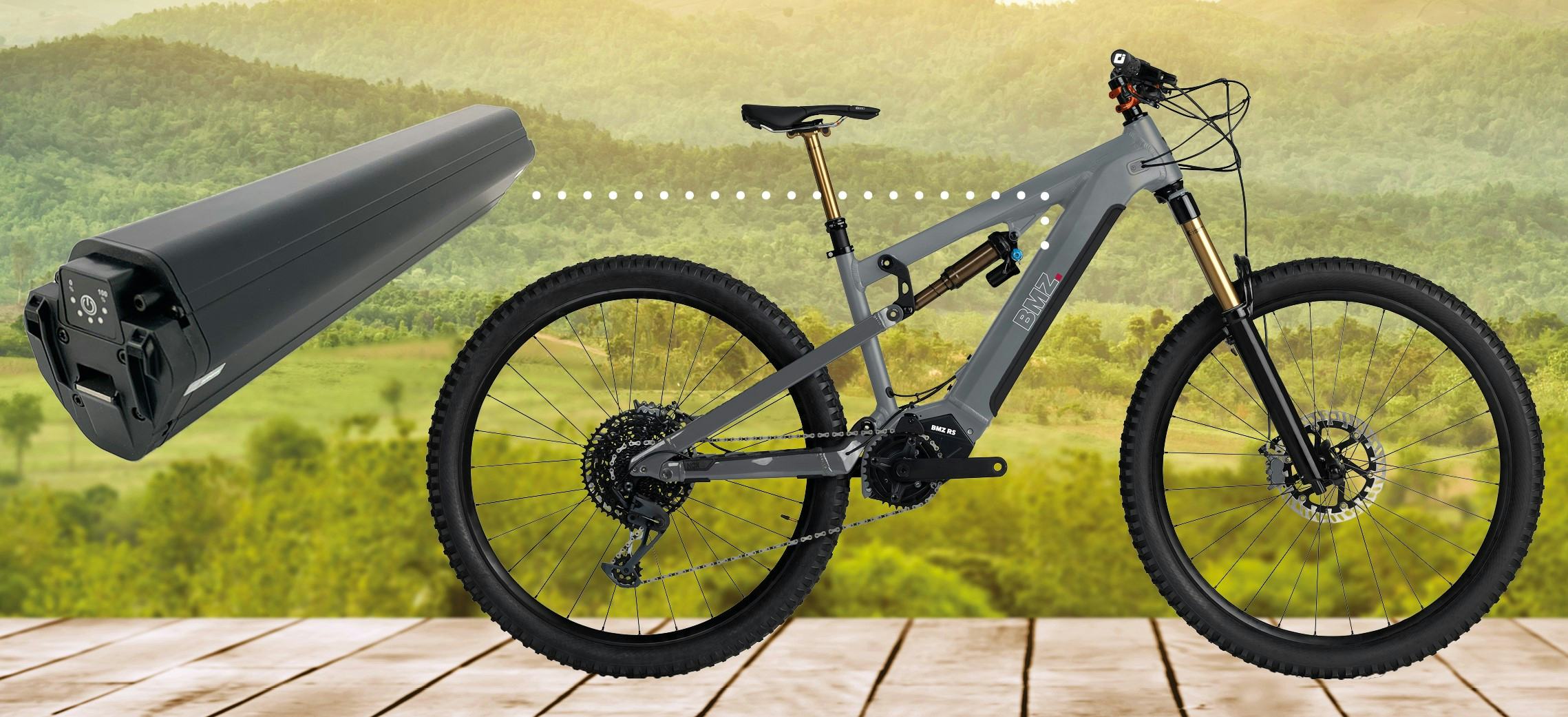Background: Proposals, Directives, and Regulations
The European Commission recently announced plans to officially implement new regulations concerning batteries and battery recycling with the goal to make them safer and more sustainable throughout their entire lifecycle. As such, batteries will play a central role in the EU’s target of climate neutrality by 2050.
The new regulations are based on a proposal from the European Commission that was put forward in December 2020 relating to all types of batteries. The proposal called for a revision of the 2006 Battery Directive, taking into account changing socio economic conditions, new technological developments, environmental concerns, the rapidly growing battery market and the increased demand for raw materials.

Until now, there has only been one regulation and directive that applies to batteries in the European Union: Regulation (EU) No 2019/1020 and Directive 2006/66/EC.
The Battery Directive was introduced in 2006. Since then, the battery market, which is mainly based on li-ion chemistry, has continued to evolve and grow exponentially, creating new safety and environmental challenges. To tackle these challenges, the European Union plans to update formal requirements for batteries by implementing the new Regulation Procedure 2020/0353/COD.
Rapid implementation but continued uncertainty
As this is a regulation rather than a directive, it can be put into action more quickly. And while rules around batteries were previously open to interpretation by different EU member states, these regulations are now blanket rules that apply to all countries.
The initial draft of the regulation appeared in 2020 but significant changes were
proposed in 2022. These latest changes will affect all e-bike batteries and those involved in battery manufacture will be required to take action to align production with new rules.
According to Petr Grzegorz, Business Development and Marketing Manager at EMBS: "At EMBS, we keep a close eye on all regulatory shifts as they emerge and endeavour to stay on top of them. This allows us to provide comprehensive support to our global partners."
We keep a close eye on all regulatoryshifts as they emerge and endeavour to stay on top of them - this allows us to provide comprehensive support to our global partners”
The proposal is still being discussed in the European Union Council and some changes may still occur before the first planned reading in the European Parliament, scheduled for March 10th, 2023.
But with that in mind, here we outline the primary ways new regulations will impact battery manufacturers.
Introducing a new battery category (LMT)
Firstly, the new regulations will introduce a new battery category for Light Means of Transport (LMT). This will mainly apply to scooter and e-bike batteries.
Such batteries will need to meet a series of international, European and national safety requirements during production, transport, storage, use, and end-of-life management. A strong focus will be also placed on recycling.
Starting from 2030, 12% cobalt, 85% lead, 4% lithium and 4% nickel in all new batteries must come from recycling. In 2035, these thresholds will rise to 20% cobalt, 85% lead, 10% lithium, and 12% nickel.
The collection rate for used batteries will also need to meet a certain threshold: 75% for LMT batteries by December 31st, 2025, and 85% by the end of 2030. The collection must be free of charge for the end user, irrespective of the battery brand, nature, chemical composition, or location in the EU where the battery was first introduced to market.
Repairs, guarantees, and durability
Another important aspect of the new regulations concerns how easy it is to remove and repair LMT batteries. Starting in 2024, all LMT batteries must be designed for easy removal by the end user. Additionally, independent service centres (which don’t necessarily need to have any association with the manufacturer) must have the ability to replace battery cells if needed.
Battery manufacturers must also provide service manuals for each battery and guarantee that spare parts will be available for 10 years after the battery is first introduced to market. The expected lifetime of a battery should also be provided by the manufacturer too.
Furthermore, both third parties and end users should have access to certain data, including the battery’s state of health, state of charge, capacity, power state, safety information, and expected lifespan.
To ensure a long lifespan for the battery and to minimise waste, from 2026 all batteries must meet minimal electrochemical performance and durability requirements. There is also a plan to standardise battery chargers by 2026, but details are yet to be decided.
Information access and greater transparency
Access to information about the battery is another aspect that’s changing with new regulations.
Two years after the regulations come into force, a battery name plate will be required featuring information such as the battery’s energy capacity, average duration when used, and expected lifespan, as well as a “separate collection” symbol, a “hazardous substance” symbol, and a QR code.
The QR code will take users to an online database that contains information such as:
- A declaration of conformity (from January 1st, 2023).
- Information about the battery end of life (from July 1st, 2023).
- A carbon footprint declaration with independent third-party verification (from July 1st, 2024). The limits for the carbon footprint will be presented at a later date by the EU.
- A carbon footprint performance class (from January 1st, 2026).
- Information from the battery passport, such as battery characteristics, performance, and durability (from January 1st, 2026).
- Regulations Part A of Annex VI and the specific information required under Regulation (EU) 2017/1369 of the European Parliament and Council (from January 1st, 2027).
- The report value chain due diligence for all batteries (12 months after the regulation enters into force).
- Information about the energy capacity, average duration when used, and expected lifespan, as well as the amount of cobalt, lead, lithium or nickel recovered from waste and present in active materials in the battery (from January 1st, 2027).

There is also a strong recommendation for a third-party assessment to ensure conformity with these regulations. Furthermore, supply chain due diligence will be mandatory to ensure the traceability of all battery systems. This will need to be implemented during production. Finally, the new regulation also requires an electronic exchange system to be put in place by 2026 to serve as a producer register, centralising data in one place.
Battery Regulations: A Step Towards a More Sustainable Future
The main goal of these new regulations is to make batteries more sustainable throughout their life cycle as well as to maximise the potential of collection targets by setting higher benchmarks for the recovery of valuable materials.
So far, the new directive requires additional secondary legislation to be put in place by the beginning of 2024 for it to be fully operational by 2028.
Nevertheless, these regulations are destined to significantly change e-bike battery production as we know it today. As such, EMBS in Poland, Gliwice is already working with its e-bike partners on these new requirements to ensure their batteries continue to stand out in a highly competitive market.
This article is sponsored by EMBS.









